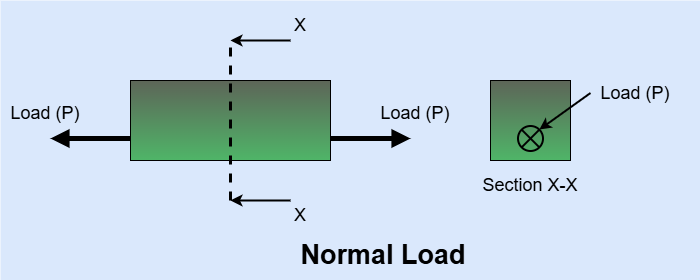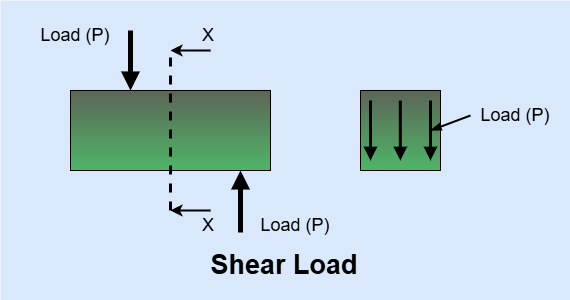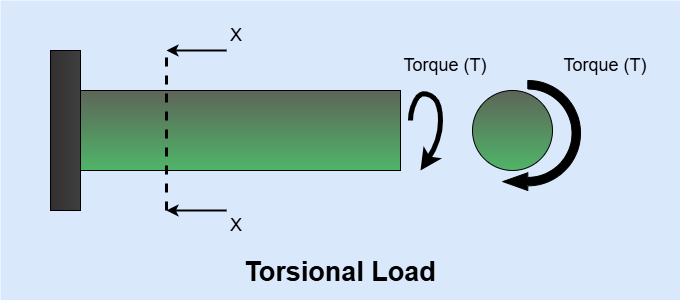Introduction to SOM
What is Strength of Materials?
The study of the behaviour of materials under various load conditions is known as Strength of Materials (SOM) or Mechanics of Materials (MOM).
Prismatic Bar
A straight structural member having the same cross-section throughout its length is called a Prismatic bar.
What is Load?
Load is a force or other action that causes a structure or component to deform, move, or fail.
Types of Load
Based on their direction, nature, and how they are applied, loads are classified into different types:
-
Axial Load
- An axial load is a force that is applied along the longitudinal axis (centerline) of a structural member.
- It causes either tension or compression on the object in a straight line through its center.
- The line of action of the load passes through the centroid of the cross-section.
- Example - Metro pillars experience axial compressive loads.
Axial load is further divided into two types based on the direction of load:
-
Tensile Load - A tensile load is a force that stretches or pulls apart a material along its longitudinal axis. It induces tensile stress, which tends to elongate the material.
- It acts away from the material.
- It is represented by a Positive (+) sign.

-
Compressive Load - A compressive load is a force that squeezes or shortens a material along its longitudinal axis. It induces compressive stress, which tends to reduce the material’s length.
- It acts towards the material.
- It is represented by a Negative (-) sign.

-
Normal Load
- A normal force is any force that acts perpendicular to the surface of a material.
- If this normal force is aligned with the axis of the member, it becomes an axial load.
- So, every axial load is a normal load, but not every normal load is axial.
- Example - Eccentric loading of a metro pillar.

-
Shear Load
- A shear load is a force that acts parallel to the cross-sectional area of the material.
- It causes material on one side of a section to slide relative to the other side.
- Example - Scissors cutting paper or a bolted joint.

-
Bending Load / Transverse Load
- A bending load is a force that acts perpendicular to the longitudinal axis of a structural member (like a beam).
- It causes a member to curve or flex.
- It creates both tensile and compressive stresses along the cross-section.
- Example - While lifting a metro block, a crane experiences a bending load.

-
Torsional Load
- A torsional load is a twisting force (torque) applied about the axis of a member.
- It creates shear stresses that vary with distance from the neutral axis.
- Example - A propeller shaft experiences torsional load.
